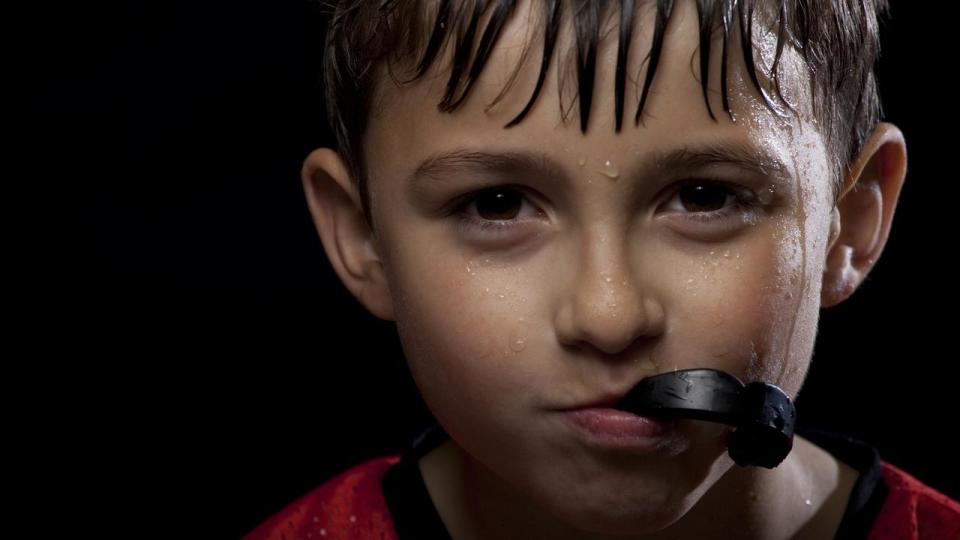Health warning ahead of winter sports

Parents are being urged to get their children fitted for a mouthguard ahead of the approaching winter sport season.
Most teams are preparing for the start of the new season, and insurance provider Bupa is encouraging parents to get a headstart on purchasing important gear.
Only 36 per cent of Australians wear a mouthguard when playing contact sport, and even fewer wear a mouthguard during training, according to new Bupa data.

Players who don’t wear mouthguards risk sustaining serious injuries such as fractured teeth, broken jaws and serious cuts to the tongue and lips. Oral injuries can also affect a child’s speech and nutrition.
Bupa Dental head dentist Cathryn Madden said custom-fitted mouthguards could give parents and players peace of mind while ensuring kids can get the most out of their sporting experience.
“Players who participate in contact sports are at higher risk of sustaining potentially preventable injuries when opting for over the counter, boil and bite mouthguards which are more likely to be dislodged during a game,” Dr Madden said.


“Getting fitted for a mouthguard by your friendly local dentist will ensure you have protection that is high-quality, fitted to your unique mouth and is comfortable to play in.
Dr Madden also reminded parents that it was important to check in annually with a dentist to make sure the mouthguard still fitted correctly.
“If you fitted your child with a mouthguard at the dentist last year, don’t assume it will still be suitable in 2024, as a child’s mouth can grow and change shape over time … particularly as they lose or develop new teeth,” she said.


